Guancha de ponce: La Guancha de Ponce | Discover Puerto Rico
Ya reabrieron los quiscos de La Guancha de Ponce
El resurgir del Complejo Recreativo y Cultural La Guancha de Ponce dio un importante paso con la reapertura de 22 quiscos ubicados en carretones provisionales estacionados en la zona aledaña al Parque del Niño.
El alcalde de la Ciudad Señorial, Luis Irizarry Pabón, detalló que los negocios operarán de jueves a domingo hasta las 10:00 p.m. en el espacio abierto, con una distancia de 30 pies entre cada quiosco como medida preventiva para evitar la propagación del coronavirus SARS-CoV-2, causante de la enfermedad COVID-19.
“Nosotros queremos abrir la economía, crear el dinamismo, pero seguirnos cuidando hasta que llegamos a una estabilidad de lo del COVID-19. Para mí es un placer que las familias puedan disfrutar de lo que ofrecen estos comerciantes”, destacó el también médico, quien recalcó que la administración continuará trabajando en los esfuerzos de reconstrucción del complejo costero que fue seriamente afectado por el temblor de magnitud 6. 4 que estremeció a Puerto Rico la madrugada del 7 de enero del 2020.
4 que estremeció a Puerto Rico la madrugada del 7 de enero del 2020.
Por su parte, el jefe de gabinete del municipio ponceño, Luis Báez, explicó que se instalarán baños portátiles para hombres en las inmediaciones del parque, mientras que las instalaciones sanitarias que ubican en el cuartel policiaco del complejo serán destinadas para el uso exclusivo de mujeres.
En cuanto al establecimiento de estaciones de desinfección, Báez explicó a Voces del Sur que, como parte del acuerdo con los comerciantes, que incluye la exención del cobro de alquiler y servicios de agua y electricidad de los quiscos, cada comerciante se comprometió a ofrecer al público los medios para el lavado de manos y otras medidas para evitar contagio con el COVID-19.
La oferta
El comerciante Andy Mercado, quien opera el quisco El Pilón Borincano, explicó que la oferta de La Guancha incluirá diversos platos de comida y frituras, pinchos, frappes, bacalaítos, piña colada y diversos tragos elaborados con bebidas alcohólicas.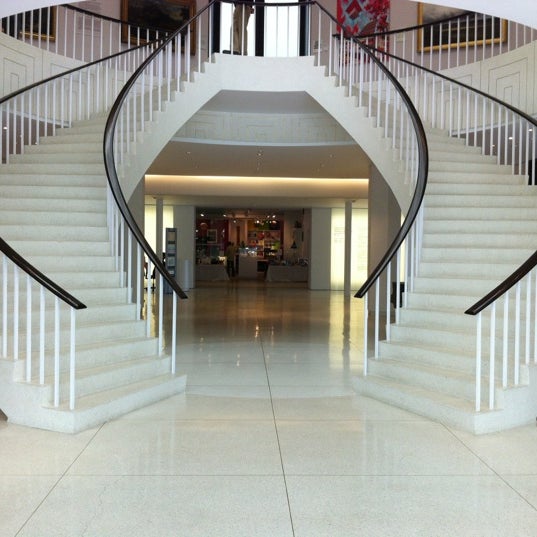
De igual manera, el público encontrará quiscos dedicados a la venta de juguetes, juegos infantiles, algodón dulce y otras golosinas.
Kiosko de juguetes en La Guancha en Ponce. (Voces del Sur / Michelle Estrada Torres)
“Aquí, básicamente, encontrarán lo que se comían antes en La Guancha, pero en versión pequeña porque no tenemos la misma capacidad”, destacó Mercado.
El alcalde de Ponce, Luis Irizarry Pabón, junto a comerciantes de La Guancha. (Voces del Sur / Michelle Estrada Torres)
Evitarán la aglomeración de personas
Por otro lado, Báez aseguró que la Policía Municipal de Ponce limitará la cantidad de personas en el área del parque pasivo y cerrará el acceso al área de la Guancha en caso de que se alcance el 30% de ocupación estimado para el área.
“La capacidad de ocupación en el área del parque ronda entre las 480 a 520 personas”, detalló Báez.
Festejo dominguero
Como parte de la celebración de la reapertura de los quiscos, la Comparsa de Vejigantes de la Playa de Ponce ofrecerá un espectáculo a las 3:00 p. m., mientras que la Banda Municipal brindará una presentación especial a partir de las 4:30 p.m.
m., mientras que la Banda Municipal brindará una presentación especial a partir de las 4:30 p.m.
Kiosko El Pilón Borincano en La Guancha en Ponce. (Voces del Sur / Michelle Estrada Torres)
En planes expandir la oferta
El jefe de gabinete indicó, además, que el municipio tiene planes de traer machinas para el disfrute de grandes y chicos, siempre y cuando se permita por las futuras órdenes ejecutivas del gobernador Pedro Pierluisi Urrutia con relación a la emergencia sanitaria provocada por el coronavirus.
“Los ponceños no teníamos dónde llevar nuestros hijos y compartir en familia sanamente, teníamos que salir de aquí. Ahora se están abriendo los espacios en Ponce para el disfrute de todos”, destacó.
Báez mencionó en un aparte con Voces del Sur que la administración municipal ya ha recibido varias propuestas para ampliar la oferta en La Guancha.
“Lo que estamos tratando de establecer es que estos negocios no vendan lo mismo que las personas que ya están establecidas”, explicó el funcionario, quien agregó que el municipio también ha recibido propuestas para el área de la Plaza Las Delicias en el casco urbano ponceño.
Los negocios
- Quiosco 2 Miramar
- Quiosco 4 Aquí esta Raúl
- Quiosco 6 El Tablón Quemao
- Quiosco 7 La Pina del Swim
- Quiosco 8 La Mexicana
- Quiosco 10 El Guanchero
- Quiosco 15 El Pilón Borincano
- Quiosco 16 Comeré
- Quiosco 18 El Machetero
- Quiosco 19 El Tablado Inc.
- Quiosco 22 Pabón y familia
- Quiosco 23 El Marlin
- Quiosco 24 El Faro
- Quiosco 30 El Patio
- Pleasure of the Seas (área de la rotonda)
- Puesto de las sardinas
- El artesano Ice Cream Rolls
- Juguetería
- Artesanías y Souvenirs
- De Rumba Gift Shop
- Frappé La Guancha
- Artesanías
Saturday, October 01, 2022 – La Guancha in Ponce, Mosquitoes and more Mosquitoes…
Changing the location a bit, this time we decided to go to La Guancha in Ponce. We haven’t visited the area for some time, and this time we took advantage of SSE wind forecasts to enjoy this part of the island.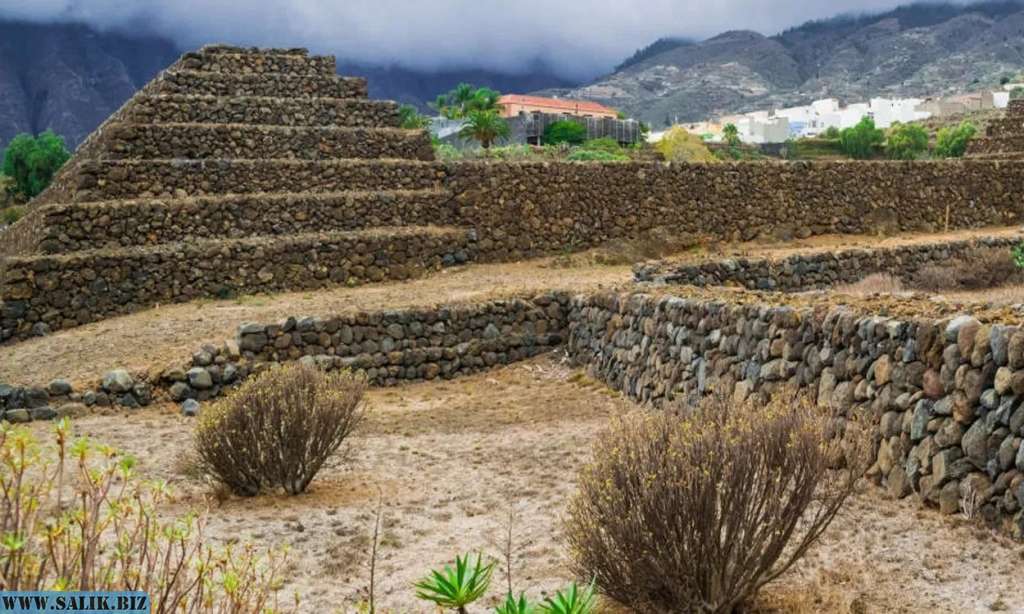 Or at least that was the idea…😟
Or at least that was the idea…😟
Pilots and Family of Team Kamikazes present…
Edgardo Rivera and his wife Wilnelia
Alex Disla, his wife Keyla and Father Juan
Omar Colon
Luis Ruiz
Abner Ramos
Wilfredo “Billy” Aviles
The plans vs. Mosquitoes…
When we arrived, we parked in front of the area that was used as access to the beach and for Beach Volleyball. But unexpectedly, a huge swarm of mosquitoes approached us all. We had gone prepared for the sun, with sunscreens, but we never imagined the odyssey we had to live to fight mosquitoes.
They hit each one as we walked the area, and they would rather die than stop biting you. We moved to different areas of the place and they were everywhere…😨
The weather was pretty good, and we decided to go flying. At least flying they wouldn’t stick. Instructor Luis Ruiz had coordinated a last minute Demo flight with Jeysee Esteves, a native of Anasco, who was repeating his adventure, and arrive early and ready with camera on hand.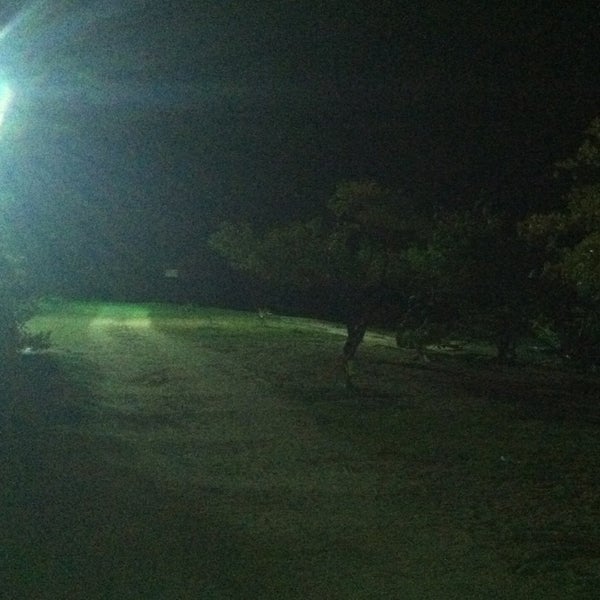 The fly was good, and here is a Video prepared by Jeysee of his adventure.
The fly was good, and here is a Video prepared by Jeysee of his adventure.
@jeissepr
Disfruta cada momento al máximo Sígueme #puertorico🇵🇷 #chimchorreo #jeeppr #live #viral #sigueme #paz lu@luisruizkamikazes #viralvideo #guancha #puertorico🇵🇷
♬ All That Really Matters – ILLENIUM & Teddy Swims
The action…
Together with Luis and Jeysee, Edgardo and Omar also Take Off to fly. They managed to get out in light winds that dominated the morning. Alex Disla, however, preferred a take-off area a little further away from the mosquitoes and posterior attempts to take off by the Front Launch method were unsuccessful. In turn, Abner managed to get out, but a miscalculation, in part due to his lack of experience in restricted space, caused him to fly directly to some bushes and damage his propeller and with it his flight plans 😒. Billy, the local pilot, as always came to support. We hope one day to have him in the air with the rest of the pilots.
Billy, the local pilot, as always came to support. We hope one day to have him in the air with the rest of the pilots.
Resume of the flying Activities. Video by Edgardo Rivera.
At noon, and despite the fact that the conditions were good enough to fly, we decided to leave the place. We had lunch as a group and with this we finished the official activities of the day.
Observations…
It’s a shame that La Guancha in Ponce has lost its shine. Everything was different after Hurricane Maria about 5 years ago. Then came the earthquakes a year ago, and now Hurricane Fiona, and with it the mosquitoes.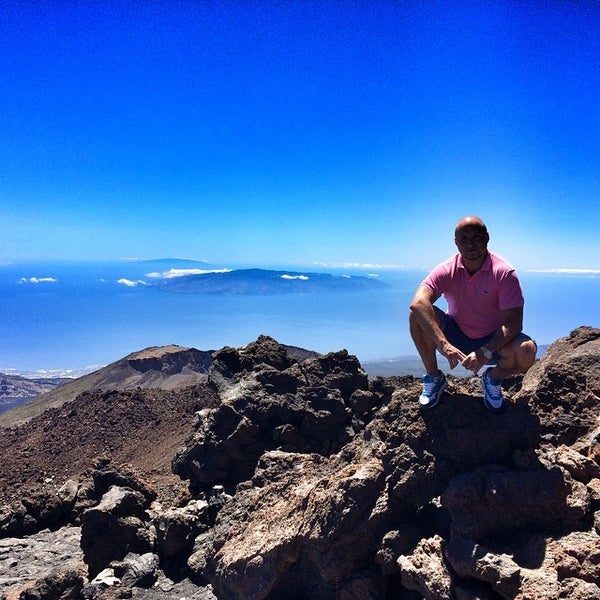 The place looked deserted and sad, and has been that way for the past 5 years.
The place looked deserted and sad, and has been that way for the past 5 years.
Even so, we hope for its recovery and with this we will once again enjoy its beauties that now seem forgotten 🙏.
Photos…
Please follow and like us:
things to do, what to see, what museums to visit, what to try in Gran Canaria
The most visited museum in Gran Canaria is Museum of the Canary Islands (El Museo Canario) , which is located in Las Palmas.
The museum began its work in 1879. In the 80s of the 20th century, the museum underwent reconstruction and took on its current form.
The museum’s collection includes numerous archaeological finds, consisting mainly of the remains and historical artifacts and objects belonging to the early human settlements in Gran Canaria and other islands of the Canary archipelago. The exposition presents ceramic vessels, religious figurines, stamps used to make prints of ornaments on fabric ( pintaderas ), Guanche tools made of bone and wood, jewelry, animal skins, skeletons, skulls and mummies.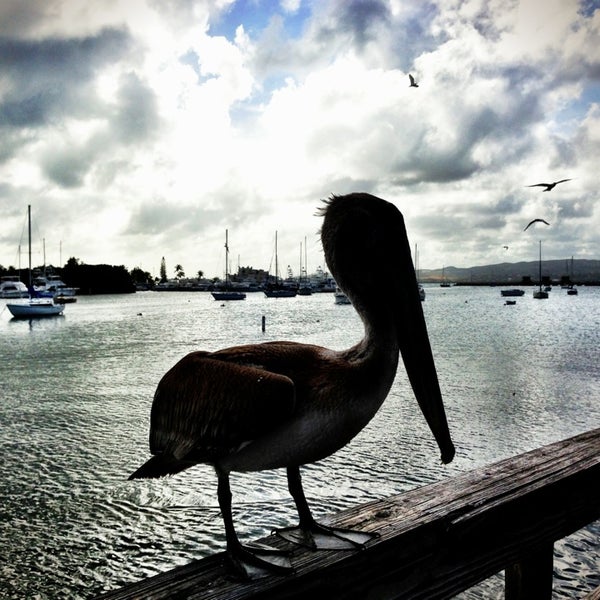
Among the found anthropomorphic figurines, one stands out, the most impressive and famous – “Idol of Tara” , depicting the goddess of fertility.
Museo Canario with such an extensive archaeological collection is a very important resource in the study of the pre-Hispanic period in the archipelago. No wonder it is called one of the best archaeological museums in Spain.
Not far from Piazza Santa Ana, right behind the Cathedral is House of Columbus (Casa de Colón) , where the discoverer stayed during his trip to America while his ship was being repaired. This is one of the most beautiful houses in the capital of Gran Canaria, a unique and symbolic landmark of the Canary archipelago.
Now it is one of the most visited museums in the Canary Islands, consisting of several combined buildings, one of which was part of the former Governor’s House, where, in fact, Columbus lived. The façade, with fine stone relief decorations, balconies and balconies, and wooden window frames, is a striking example of the Canary Islands style.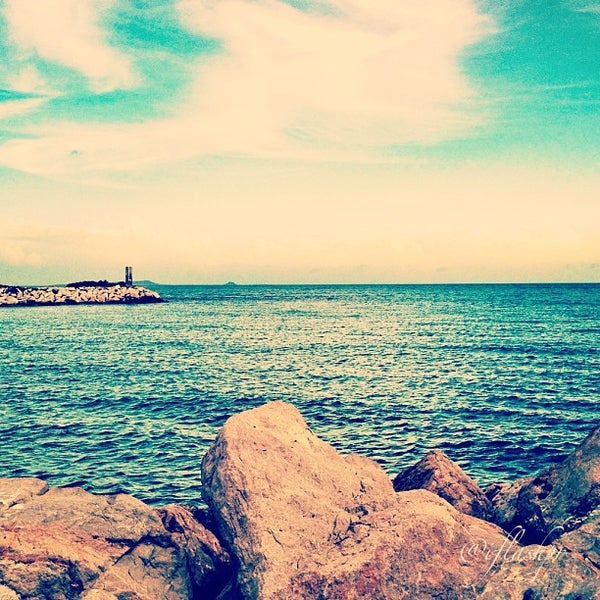 The main decoration of the house is a skillfully decorated blue-turquoise portal around massive wooden doors, which looks especially picturesque against the background of the yellow facade. On both sides of the portal are sculptures of lions holding the emblems of Las Palmas.
The main decoration of the house is a skillfully decorated blue-turquoise portal around massive wooden doors, which looks especially picturesque against the background of the yellow facade. On both sides of the portal are sculptures of lions holding the emblems of Las Palmas.
In the inner patios there is a preserved old Gothic stone well, surrounded by columns and arches, and ancient cannons, and outside the building, in front of the entrance, there is a spectacular stone fountain with a bowl mounted on a hexagonal column.
In 1777, Casa de Colón was rebuilt, and in 1952 the Museum of the Age of Discovery was opened, dedicated to navigation and discovery. The museum consists of thirteen permanent exhibition halls spread over three levels. In the basement there is an exposition dedicated to the pre-Columbian era of America. The first floor is dedicated to Columbus and his expeditions, numerous travel maps, ship models of that time, navigational instruments, as well as the history and development of the Canary Islands. On the second floor you can learn everything about the history of the capital of the island – Las Palmas de Grani Canaria, there is also a three-dimensional model of Gran Canaria. Another section of the museum is devoted to painting of the 16th-20th centuries, among which there are paintings provided by the Prado Museum.
On the second floor you can learn everything about the history of the capital of the island – Las Palmas de Grani Canaria, there is also a three-dimensional model of Gran Canaria. Another section of the museum is devoted to painting of the 16th-20th centuries, among which there are paintings provided by the Prado Museum.
In the halls dedicated to pre-Columbian America, there are information panels about American settlements, cultural zones, peoples of America of that era, as well as extensive ethnographic material about various cultures of the mainland: ceramics, zoomorphic and anthropomorphic figurines of the Esmeraldas and Tolita culture, wicker baskets, harpoons, arrows of the Yanomamo Indians of the Amazonian culture, as well as various exhibits related to the culture of the Aztecs, Mayans, Zapotecs, Mixtecs and other Indian peoples.
The museum also includes the Provincial Historical Archives, the Provincial Library, a specialized study center, and various facilities for temporary events such as courses, seminars, conferences, exhibitions, concerts, etc. Thus, in addition to getting acquainted with the history of the island and intercontinental relations, Casa de is a place for obtaining the necessary knowledge to understand the reality of today and tomorrow, building strong cooperation between countries.
Thus, in addition to getting acquainted with the history of the island and intercontinental relations, Casa de is a place for obtaining the necessary knowledge to understand the reality of today and tomorrow, building strong cooperation between countries.
In the historic district of Vegeta in Las Palmas, there is another famous museum – Atlantic Center for Contemporary Art (Centro Atlantico de Arte Moderno, or CAAM for short) . The building was designed by architect Francisco Javier Saenz de Hoisa , while maintaining the neoclassical façade. The museum was opened on December 4, 1989, originally to house collections of Canarian art.
Now permanent collection CAAM has over 2,600 works of art, many of them from America, Africa and Europe. The theme of “tricontinentality” is the key one in the museum’s exposition, the understanding of Canarian art takes place through a dialogue between the European, African and American continents.
The collection of Canarian art is represented, among others, by artists from the avant-garde group El Paso ( Grupo El Paso ) and representatives of the informal art such as Manolo Millares , Martin Chirino and Pablo Serrano . The center also exhibits works by other Spanish artists, such as José Maria Sicilia , Christina Iglesias , Luis Gordillo , as well as works by the German artist Andreas Schulze and the Czech master Jiri Georg Dokupil .
Nestor Museum (Museo Néstor) in Las Palmas is a pinacotheque dedicated to the Gran Canarian artist Nestor Martin-Fernandez de la Torre . The museum is located by Doramas Park, in Pueblo Canario, an architectural complex conceived by Nestor himself and designed by his brother Miguel in the style of traditional Canarian architecture. The two-storey Nestor Museum , opened in 1956, 18 years after the artist’s sudden death, consists of twelve exhibition halls that house the permanent collection and temporary exhibitions, as well as a documentation center, shop and pedagogical department. Néstor Martín-Fernández de la Torre is one of the most important artists of Spanish Symbolism, whose work developed under the influence of the modernist movement. His work was admired and inspired by Salvador Dali.
The two-storey Nestor Museum , opened in 1956, 18 years after the artist’s sudden death, consists of twelve exhibition halls that house the permanent collection and temporary exhibitions, as well as a documentation center, shop and pedagogical department. Néstor Martín-Fernández de la Torre is one of the most important artists of Spanish Symbolism, whose work developed under the influence of the modernist movement. His work was admired and inspired by Salvador Dali.
In the park Santa Catalina in Las Palmas there is The oldest Museum of Science and Technology It takes its name from the shipping company Elder Dempster Lines , the original owners of the building that now houses the museum.
The museum is located on four floors, where there are exhibition halls, a digital planetarium, a large-format 3D cinema and various exhibitions dedicated to technology, physics, mathematics, astronomy, biology, medicine, geology. Many exhibits of the museum are interactive, they can and should be touched and studied various natural and scientific phenomena. There are even comic warnings in the halls that “it is forbidden not to touch the exhibits.”
Many exhibits of the museum are interactive, they can and should be touched and studied various natural and scientific phenomena. There are even comic warnings in the halls that “it is forbidden not to touch the exhibits.”
In addition to participating in exciting physics experiments, visitors can see some genuine historical artifacts such as an 1885 steam locomotive, a marine diesel engine and several old models of steamboats.
Another attraction of the museum is a real combat supersonic fighter aircraft CASA-Northrop F-5 , version AR9, which carried out reconnaissance activities for the Spanish Air Force. It attracts attention not only with its design, but also with the ability to sit in the cockpit.
In the Old Town of Las Palmas, in an emblematic building from the 18th century, which used to house the city’s first hospital, there is San Martin Center for Contemporary Culture (San Martín Centro de Cultura Contemporánea) . This is a multifunctional cultural space, opened in 2011, offering visitors a varied program of contemporary art exhibitions, theater performances and courses, art workshops; music concerts of various genres are also held here, round tables and conferences are organized. In addition, the San Martin Center promotes local talent in the arts, music and theatre.
This is a multifunctional cultural space, opened in 2011, offering visitors a varied program of contemporary art exhibitions, theater performances and courses, art workshops; music concerts of various genres are also held here, round tables and conferences are organized. In addition, the San Martin Center promotes local talent in the arts, music and theatre.
Aquarium opened in the port of Las Palmas in 2017 Poema del Mar . A modern building with bright night lighting, reminiscent of the silhouettes of marine animals, covers an area of more than 12,000 square meters and presents up to 35 different aquatic ecosystems and hundreds of species of marine life in giant aquariums and tunnels. The aquarium takes its name from one of the most famous paintings by the Canarian modernist artist Nestor Martín-Fernández de la Torre.
the world’s five paradise islands and their history
Perfect vacation spots with white sandy beaches, gentle ocean and lush tropical vegetation.
“We are well fed here too” – that’s what the sailors could say to the captain of the Bounty, William Bligh, when, after half a year of a carefree, well-fed life in Tahiti, he forced them to set off again. Having arranged a mutiny on the ship, the sailors turned back, and Bly, without maps and a compass, got home on a boat with a handful of people loyal to him. All the secrets of William Bly will reveal the new project “ Mutiny ” on Discovery Channel, and our selection will tell you why the amazing paradise islands are so difficult to leave.
Bahamas: Atlantis blue trap
Huge flocks of birds fly here every year: more than 50,000 pink flamingos nest on Great Inagua, an island in the Bahamas, and hundreds of thousands of people from all over the world come to see them. However, tourists fly to the Bahamas not only for the sake of magnificent flocks of exotic birds: the islands with white sandy beaches, gentle ocean and lush tropical vegetation are deservedly considered the embodiment of paradise on earth.
Another reason why the Bahamas attracts visitors is the famous Dean’s Blue Hole in the bay on Long Island, which goes into the ocean floor 220 meters down: the conquest of the world’s second deepest funnel is considered by divers as a matter of honor, as climbers climb Everest.
No less popular are coral reefs, of which there are more than two thousand in the Bahamas. Of the 700 islands, only 30 are inhabited, the bulk of the Bahamians live on the islands of New Providence, Grand Bahama, Andros, Bimini and Great Inagua. The archipelago is known not only as one of the best places in the world for fishing, but also as a graveyard of sunken ships: evidence is still found off the coast of Bimini that this paradise was once a haven for formidable pirates and attracted explorers from all over the world like a magnet.
So, the Spanish conquistador Juan Ponce de Leon was looking for the fountain of youth in the Bahamas, mistaking for him an aphrodisiac drink, which the natives brewed from the cassina plant. Fans of paranormal theories were looking for the remains of Atlantis, the capital of a lost civilization, near Bimini. It is not known whether this is true, but archaeological expeditions discovered the “Bimini Road”: a masonry of limestone blocks almost a kilometer long was definitely laid on the bottom by people, and no less than 3.5 thousand years ago.
Fans of paranormal theories were looking for the remains of Atlantis, the capital of a lost civilization, near Bimini. It is not known whether this is true, but archaeological expeditions discovered the “Bimini Road”: a masonry of limestone blocks almost a kilometer long was definitely laid on the bottom by people, and no less than 3.5 thousand years ago.
Photo: Instagram / @miss_anastasia_u
Hawaiian Islands: a shuttle from the 18th century this is a description. The islands, officially part of the United States, are considered the most remote place on Earth from civilization, but the distance is not an obstacle for those who want a paradise vacation: more than six million people from all over the world come to Hawaii every year.
There are many reasons for this – the islands, which never change to winter time, are famous for their magnificent nature and interesting sights. The Hawaiian archipelago has a whole list of records: the world’s highest mountain Mauna Kea, the largest windmill on the island of Oahu, the world’s highest coastal cliffs near the island of Molokai and the annual pineapple harvest of almost 350 thousand tons.
The Hawaiian archipelago has a whole list of records: the world’s highest mountain Mauna Kea, the largest windmill on the island of Oahu, the world’s highest coastal cliffs near the island of Molokai and the annual pineapple harvest of almost 350 thousand tons.
Hawaii is also famous for the fact that it was there that James Cook died. True, the natives did not eat it at all: the legendary navigator and cartographer was killed in a fight and buried with honors. The ship, on which the discoverer conquered the seas and oceans, is famous no less than himself. Few remember what was written on board the three-masted barque Cook, and not everyone knows that a crater on the Martian plateau of Meridian is named after the ship, but everyone knows the name of the NASA reusable space shuttle.
In honor of Cook’s ship, the crater and shuttle are named “Endeavour”, which means “aspiration” in English. It is symbolic that it was the thirst for discoveries of the first navigators that laid the foundation for the exploration of the planet: thanks to them, people not only know about such paradises as Hawaii, but also strive to conquer new worlds themselves.
Photo: Instagram / @miss_anastasia_u
Fiji: the meridian between past and future
The Fiji archipelago in the Southwest Pacific Ocean is a real paradise not only for an introvert, but also for any other person who is tired of the hustle and bustle of everyday work. Of the more than three hundred islands of the archipelago, one hundred are uninhabited, and the locals surround tourists with such care and attention that even a tip is considered offensive.
General relaxation reigns in Fiji: with year-round temperatures of about 25 ° C above zero and the widespread abundance of food, there is no need for survival, so most of the time on the island is devoted to relaxation not only among tourists, but also among local residents.
Contrary to popular belief, holidays in Fiji are quite affordable: on a paradise island, you can live in a luxury hotel or a bungalow by the sea. Guests can not only swim in the warm ocean, dive in coral reefs and tour the jungle, accompanied by Fijians, but also visit theatrical performances.
Guests can not only swim in the warm ocean, dive in coral reefs and tour the jungle, accompanied by Fijians, but also visit theatrical performances.
Among them are the ritual of walking on hot stones, which demonstrates the strength of the spirit of the islanders, and the New Year’s game “kick the orange”, in which the winners give all the things and clothes to the losers. The list of the most popular attractions in the Fiji archipelago includes the secluded tropical island of Turtle Island, the ancient village of Tokou, the luxurious tropical gardens of Savusavu, the Garden of the Sleeping Giant with dozens of varieties of orchids and the largest Hindu temple in the southern hemisphere, Sri Shiva Submaranya.
One of the most amazing places in the world is located on the Fijian island of Tavenui: the Timeline site, which is simultaneously in the past, present and future. The secret is that Tavenui Island is crossed by the 180th meridian in the Pacific Ocean, along which a conditional time line runs from pole to pole.
On opposite sides of it, the time differs by almost a day, so you can visit Tavenui in three days at once. The time line is also mentioned in Jules Verne’s famous novel “Around the World in 80 Days” – the main character considered that he had lost the argument by being a day late, but forgot that he had crossed the 180th meridian on his way from Asia to America. As you know, Phileas Fogg barely managed to win his bet, but the guests of Timeline in Fiji will not have to run anywhere – at the point where today, tomorrow and yesterday merge into one, any rush is useless.
Photo: Instagram / @miss_anastasia_u
Canary Islands: yellow dogs Tenerife
Gomera, Hierro, Palma, Gran Canaria, Fuerteventura and Lanzarote are also popular with tourists who come to relax in the Canaries, but the rest of the islands are either sparsely populated or uninhabited.
Tenerife is called the “Island of Eternal Spring” – due to its favorable geographical location at the latitude of the Sahara, the air temperature on the island is always kept within 20-30°C. It is also worth going to Tenerife for the sake of the stunning sights of the paradise island: the Teide volcano – the highest point in Spain, the Infierno nature reserve, the futuristic opera house and the ancient Canarian village of Masca.
The Canary Islands were considered a promising area for exploration by the legendary Norwegian traveler Thor Heyerdahl, who was especially interested in the Guimar pyramids – six stepped structures of unknown origin. Every year, more than a hundred thousand tourists come to Guimar to look at the pyramids: according to one version, they were laid down by “guanchinets” – the Guanches natives who owned the Canary Islands before the arrival of the Spaniards in 1496 year.
On Tenerife and other islands, one can still find their ritual idols and colorful petroglyphs on the cave walls. The coast is decorated with a statue of the King of the Guanches Tenerfe the Great, many names have not changed to Spanish after colonization, and among the locals there are still many people named Guancha.
The coast is decorated with a statue of the King of the Guanches Tenerfe the Great, many names have not changed to Spanish after colonization, and among the locals there are still many people named Guancha.
The Canary Islands are not named so because of the canaries: on the contrary, the birds were named after the archipelago, where they are found in huge numbers. The name of the islands themselves comes from the Latin word canis – dog: according to different versions, there were a lot of “sea dogs”, monk seals, or land, shepherd seals on the archipelago.
The now extinct breed of Bardino Mahero was of such impressive size that it became a distinctive feature of the islands and even got on their coat of arms. Considering that many people use the winter holidays as an opportunity to return to summer, and 2018 will be the year of the Yellow Dog, you can’t think of a better place to meet him than the “dog” islands, where the descendants of the Bardino, the Canarian Great Danes, are still found.
Photo: Instagram / @miss_anastasia_u
Tahiti: Breadfruit for the Bounty
When a ship landed on the coast of Tahiti, the islanders, with garlands of flowers in their hands, came out to greet with all possible hospitality the sailors, whom they considered gods. After many weeks of sailing in the ocean, it was difficult to refuse such a generous offer, so mestizos appeared on the island of Tahiti: descendants of natives and mercenary sailors of British and Portuguese expeditions. Unlike the sailors from the ships of James Cook and Samuel Wallace, who left Tahiti, the crew of William Bligh stayed on the island for a long time, and the reason for this was the frivolous behavior of the Tahitians and the breadfruit tree.
For a thousand seedlings of a plant that was supposed to provide food for slaves on plantations in Jamaica, a Bounty ship was equipped in Tahiti. He got to the island for almost a year, and the team, exhausted by the long journey, disliked the captain, although his methods were no stricter than those of others. In Tahiti, the crew also lingered, waiting for the seedlings to ripen, and the sailors were not against staying forever when William Bligh herded them back on board.
He got to the island for almost a year, and the team, exhausted by the long journey, disliked the captain, although his methods were no stricter than those of others. In Tahiti, the crew also lingered, waiting for the seedlings to ripen, and the sailors were not against staying forever when William Bligh herded them back on board.
After the magnificence of Tahiti, shipboard life seemed like hell to the sailors: they rebelled, put Bligh and his loyal people in a seven-meter boat and turned to Tahiti. Only 13 Bounty sailors, led by John Adams, escaped from British justice: they fled with Tahitian wives to Pitcairn Island, where their descendants still live.
William Bly himself did the impossible: left in the open ocean without maps, he brought the longboat home from memory. Is it possible to overcome almost seven thousand km on a small wooden boat, having almost no food and water, will be checked by the team of the new project “ Mutiny ” on the Discovery Channel.